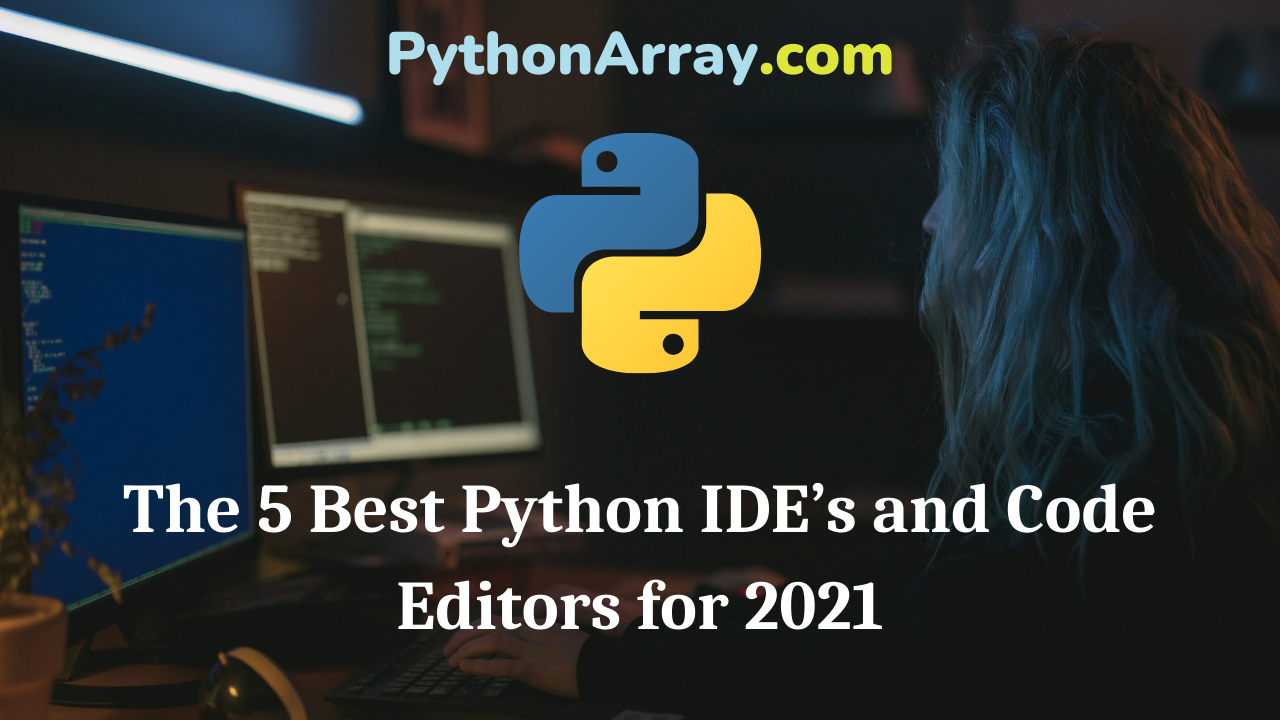Comparing Top 5 IDEs and Text Editors for Python In this article, we will take a look at the top 5 Python IDEs and 5 Python text editors. Based on your field, price, and features – you’ll get to see which Python IDEs and Code Editors will be best for you. Confused about an IDE like Eclipse, or if you should for something as simple as Sublime Text? We have got everything covered! What Will You Learn here: Top Python IDEs and Text Editors Comparison PyCharm Spyder PyDev IDLE Wing Best Python Code Editors Sublime Text Atom Vim Visual Studio Code Jupyter Notebook Comparison of Top Python IDEs IDE Cost OS Supported Size Size(in MB) Languages Supported iPython Notebook PyCharm $199/year Windows, MacOS, Linux Big 150-176 MB Python, Javascript, Coffescript, XML, HTML/XHTML, YAML, CSS, Saas, Stylus No Spyder Free Windows, MacOS, Linux Big 361-427MB Python Yes PyDev Free Windows, MacOS, Linux Big 300MB Python, C++, Coffeescript, HTML, Javascript, CSS Yes IDLE Free Windows, MacOS, Linux Small 15.6 MB Python No Wing Free, Paid Windows, MacOS, Linux Big 400 MB Python Yes The Best Python IDEs You Can Use for Development An Overview of Sublime Text 2 with Python Comparison of…
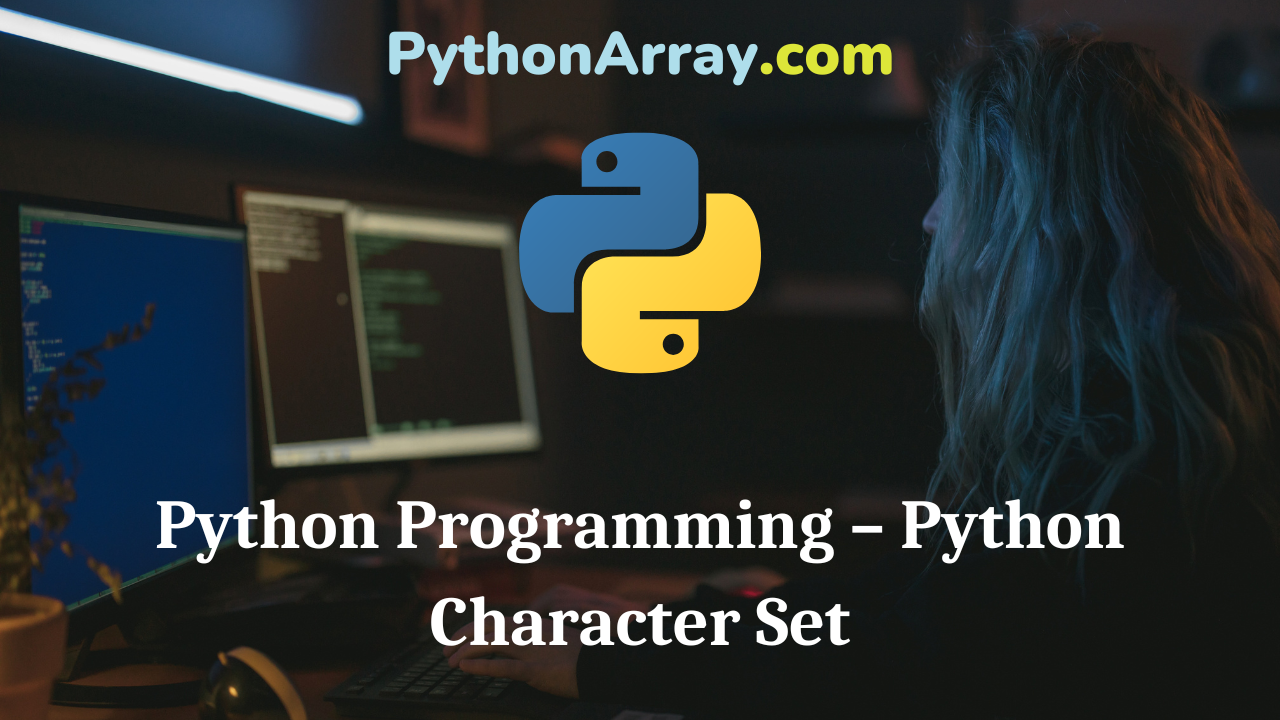
Python Programming – Python Character Set
You can learn about Introduction to Python Programming Programs with Outputs helped you to understand the language better. Python Programming – Python Character Set The character set is a set of valid characters that a language can recognize. Python uses the character set to declare identifiers. There are two types of character sets in the Python language. These are: (a) Source characters (b) Execution characters /Escape sequences Source Characters Using source characters, the source text is created. Following is the list of source characters: Alphabets : A to Z, a to z and _ (underscore) Numbers : 0 to 9 Special characters : + – * / A ~% = ! & I (){}[]?”, ;: \ # blank ” Python Programming – Introduction to Python Interpreter and Program Execution Python Programming – Python Style Rules and Conventions Introduction to Python Programming – Compiler Execution Characters / Escape Sequences These characters are interpreted at the time of execution. The values of execution characters are implementation-defined. The characters on the keyboard can be printed or displayed by pressing the key. But some characters, such as line feed, form feed, and tab, cannot be printed or displayed directly. Python provides the mechanism to get such…
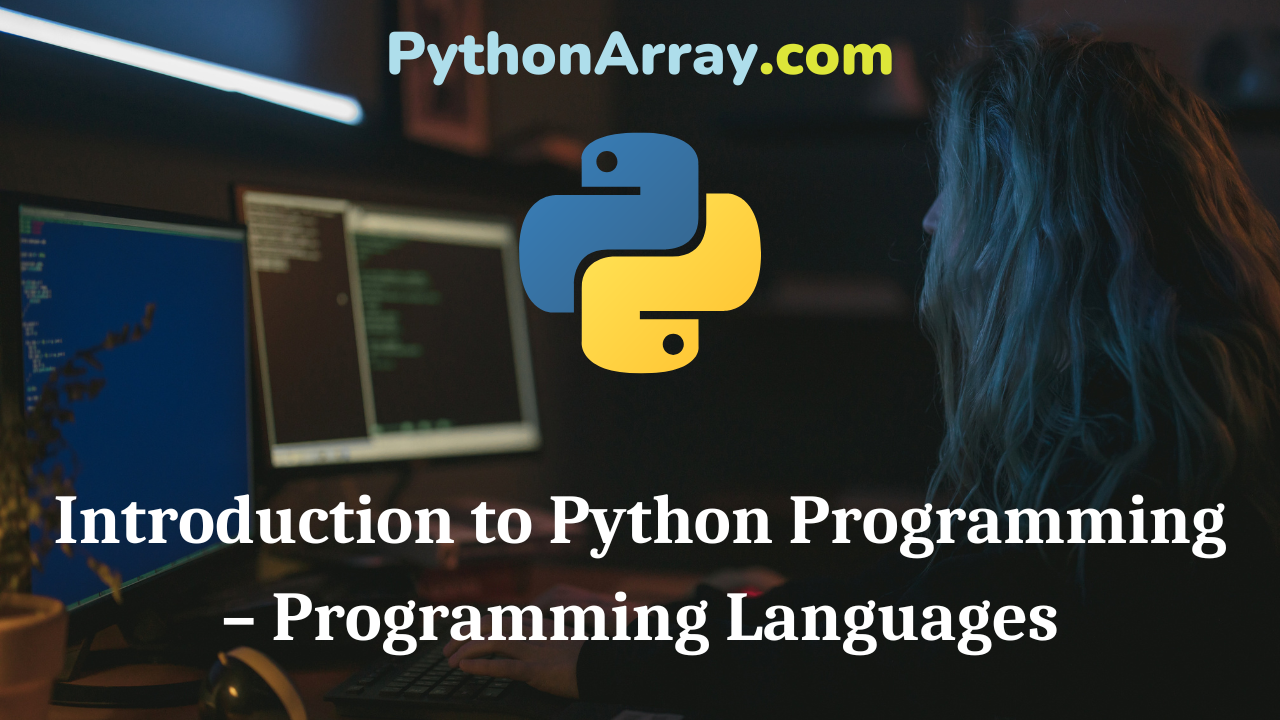
Introduction to Python Programming – Programming Languages
You can learn about Introduction to Programming Using Python Programs with Outputs helped you to understand the language better. Introduction to Python Programming – Programming Languages Programming Languages A computer can only do what a program can make it do. To perform a particular task, the programmer writes a sequence of instructions called a program. An instruction is a command given to the computer to perform a certain specified operation on given data. A set of programs written to perform a specific task on a computer is called software. A computer contains a Central Processing Unit (CPU) which interprets each instruction in a pro¬gram serially, sets up an internal route for the flow of data, manipulates data, and stores it in the main memory. Thereafter, it fetches the next instruction. This process continues till the last instruction has been executed. Basically, a processor is designed to understand a specified set of instruction codes, and each of these instructions is stored in the main memory in the form of binary numbers. Microprocessors have input/output instructions to manipulate characters. Usually, the number and type of instructions for different types of microprocessors are not the same. Introduction to Python Programming – Algorithms Introduction to Python…
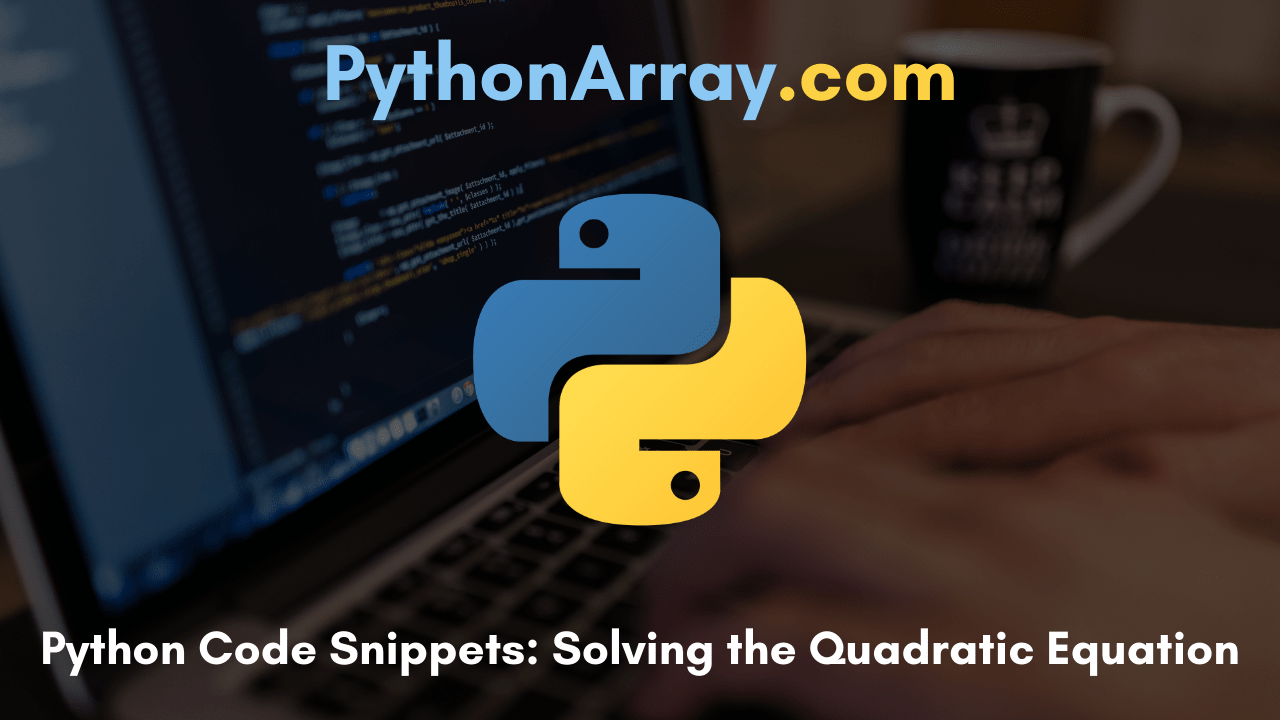
Python Code Snippets: Solving the Quadratic Equation | Python Program to Solve Quadratic Equation
Want to explore the fun-learning ways of python programming to solve the quadratic equation? Then, this Python Code Snippets Solving Quadratic Equation Tutorial is the perfect one. Beginners and developers will find the two easy methods to solve the quadratic equation using python from this page. So, stay tuned to it and gain more knowledge about the concept of solving the quadratic equation using python with python programs. The Tutorial of Python Code to Solve Quadratic Equation includes the following stuff: Python Program to Solve Quadratic Equation Standard Form of Quadratic Equations Method 1: Using the Direct Formula Python Code Snippet for Solving Quadratic Equation Method 2: Using Complex Math Module Python Code to Solve Quadratic Equation using cmath module Python Program to Solve Quadratic Equation As we have said earlier that there are two methods to perform the python code snippets: solving the quadratic equation. The first method is using the direct formula and the second method is using the complex math module. Firstly, we will start discussing this concept by using the direct quadratic formula. Standard Form of Quadratic Equations ax² + bx + c where, a, b, and c are coefficient and real numbers and also a…
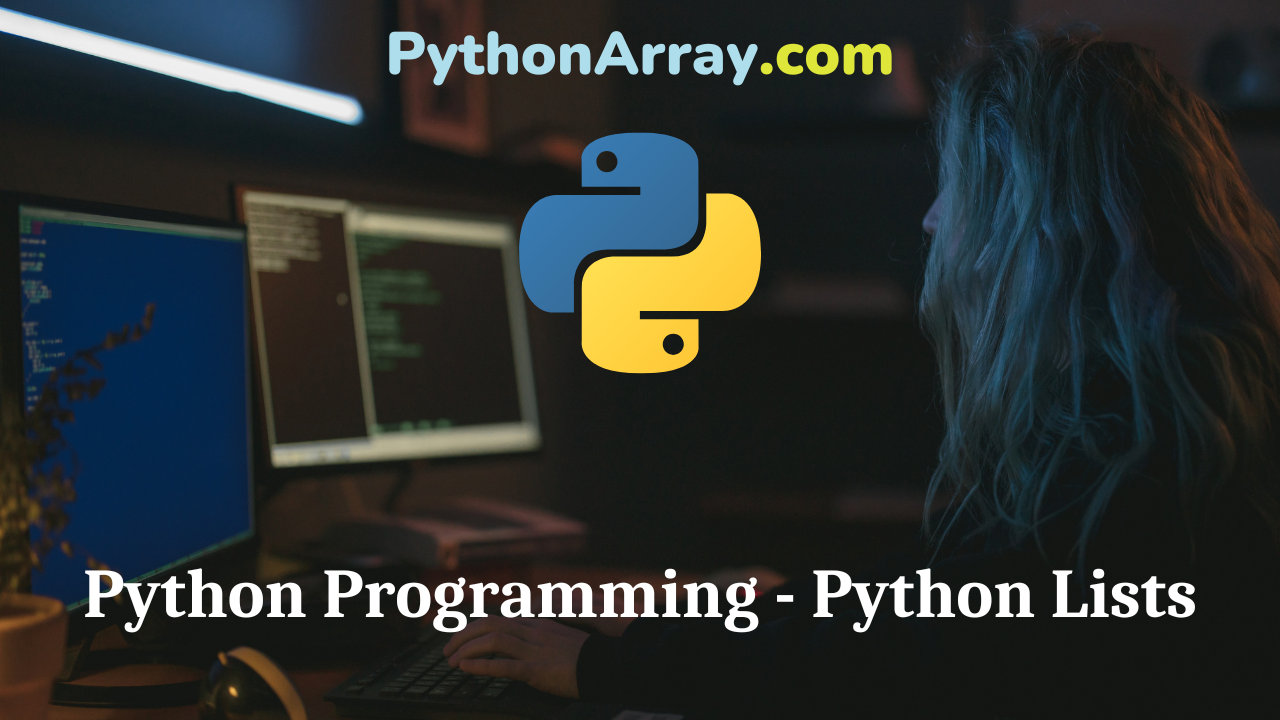
Python Programming – Python Lists
Python Programming – Python Lists In Python, the most basic data structure is the list. The list is similar to the array as in C, C++, or Java since the index of the first element of the list is zero, the second element is one, and so on. However, the list is a collection of heterogeneous data elements. That means a list can contain numeric as well as character data. Various sorts of operations can be performed on lists. These include indexing, slicing, adding, multiplying, and checking for membership. We will present all these operations through illustrations in the following sections. Apart from that, the Python language also contains various built-in functions, we will discuss them as well. Python Programming – List Manipulation Python Programming – Standard Data Types Python Programming – Introduction To Numpy Creating a List It is very simple to create lists in Python. All you need to do is to place all the comma-separated elements inside a square bracket [ ]. The list can contain any number of elements of different data types (integer, float, character, etc). Moreover, a list can contain another list and it is referred to as a nested list. The Code 5.6.…
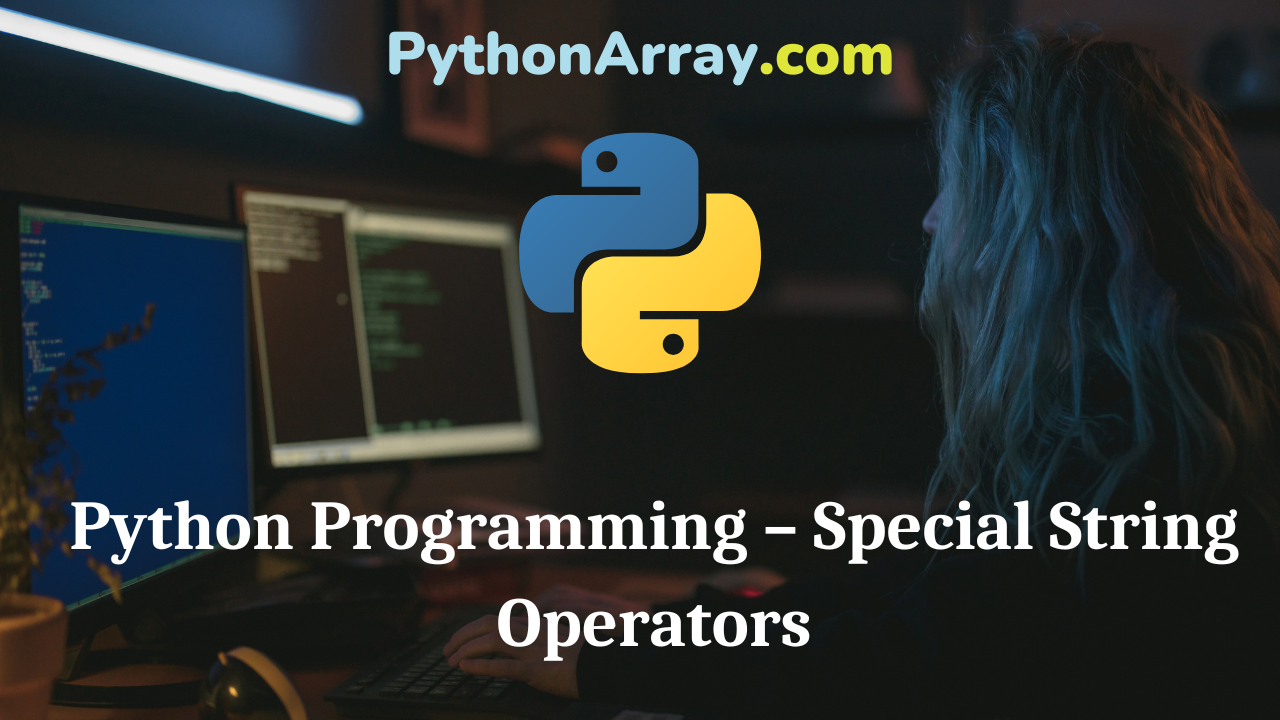
Python Programming – Special String Operators
You can learn about Strings in Python Programs with Outputs helped you to understand the language better. Python Programming – Special String Operators Strings can be manipulated using operators like concatenation)*), repetition)*) and membership operators like m and not in. Different special string operators are discussed in the following sections: Concatenation (+) Operator The + operator is known as the concatenation operator used to join the strings given on either side of the operator. For example, >>> ‘Work ‘ + ‘Hard’ ‘Work Hard’ To give a white space between the two words, insert a space before the closing of the first string within quotes. >>> ‘Work ‘ + ‘Hard’ ‘Work Hard’ Note that the interpreter gives back the string with single quotes, regardless of whether you enter strings with single quotes or double-quotes. The + operator can work with numbers and strings separately for addition and concatenation, respectively. However, you cannot combine numbers and strings as operands with a + operator. It will produce an error. >>> 7 + 7 14 # (valid) + operator is used as addition >>>’7′ + ‘7’ # (valid) + operator is used as concatenation ’77’ >>> 7 + ‘7’# (invalid) it will produce an error You…
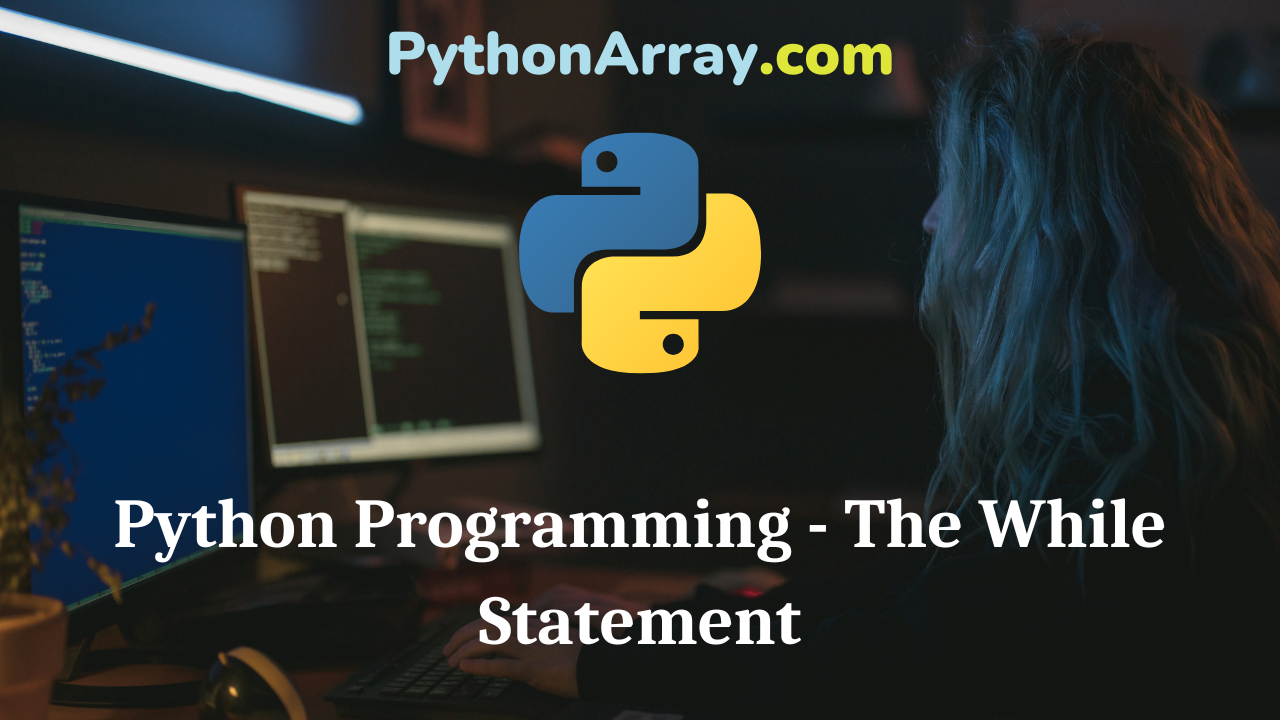
Python Programming – The While Statement
You can learn about Control Statements in Python Programs with Outputs helped you to understand the language better. Python Programming – The While Statement The while loop is used to repeat a set of statements as long as the condition is true. In Python, an indefinite loop is implemented using the while statement. The indefinite loop keeps iterating until certain conditions are met. The syntax of the while statement is as follows: while (<condition>): <body> Here, the condition is a Boolean expression. The body of the loop executes repeatedly as long as the condition is true. When the condition becomes false, the loop terminates. Python Programming – Conditional and Iterative Statements Python Programming – Flowcharts for Sequential, Decision-Based and Iterative Processing Python Programming – Conditional Statements Note that the condition is always tested first before the loop body is executed. This kind of structure is called a pre-test loop. If the loop condition is initially false, the loop body will not execute at all. Here is an example of a simple while loop that counts from 0 to 10: i = 0 while (i <= 10): print(i) i = i + 1 The above-mentioned program will produce numbers from 1 to 10…
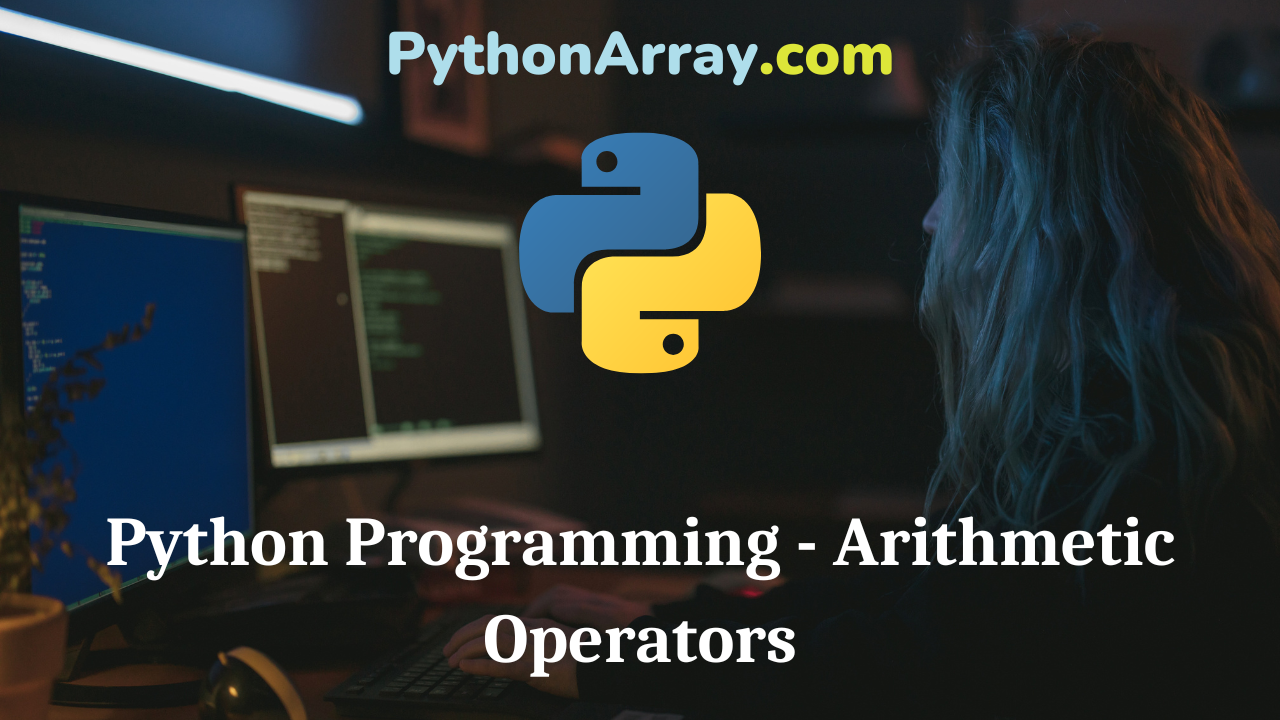
Python Programming – Arithmetic Operators
You can learn about Operators in Python Programs with Outputs helped you to understand the language better. Python Programming – Arithmetic Operators Arithmetic operators perform basic arithmetic operations. Arithmetic operators, such as +, -, *, / , % (modulus), ** (exponent), etc., are used for mathematical calculations. An arithmetic expression is made up of constants, variables, a combination of both, or a function call, connected by arithmetic operators. Some of these operators also work on data types other than numbers, but they may work differently. For example, + adds two numbers (2 + 2 gives the result 4). But concatenating numbers gives a string (‘2’ + ‘2’ gives the result ’22’). You cannot use an operator with two incompatible data types. For example, if you try to use + with an integer and a string, Python returns an error. An arithmetic expression is made up of constants, variables, a combination of both, or a function call, connected by arithmetic operators. (See Figure 4.1). Normally, operators are said to be either unary or binary. A unary operator has only one operand while a binary operator has two operands. In its unary mode with a single operand, a minus sign is usually a sign-changing…
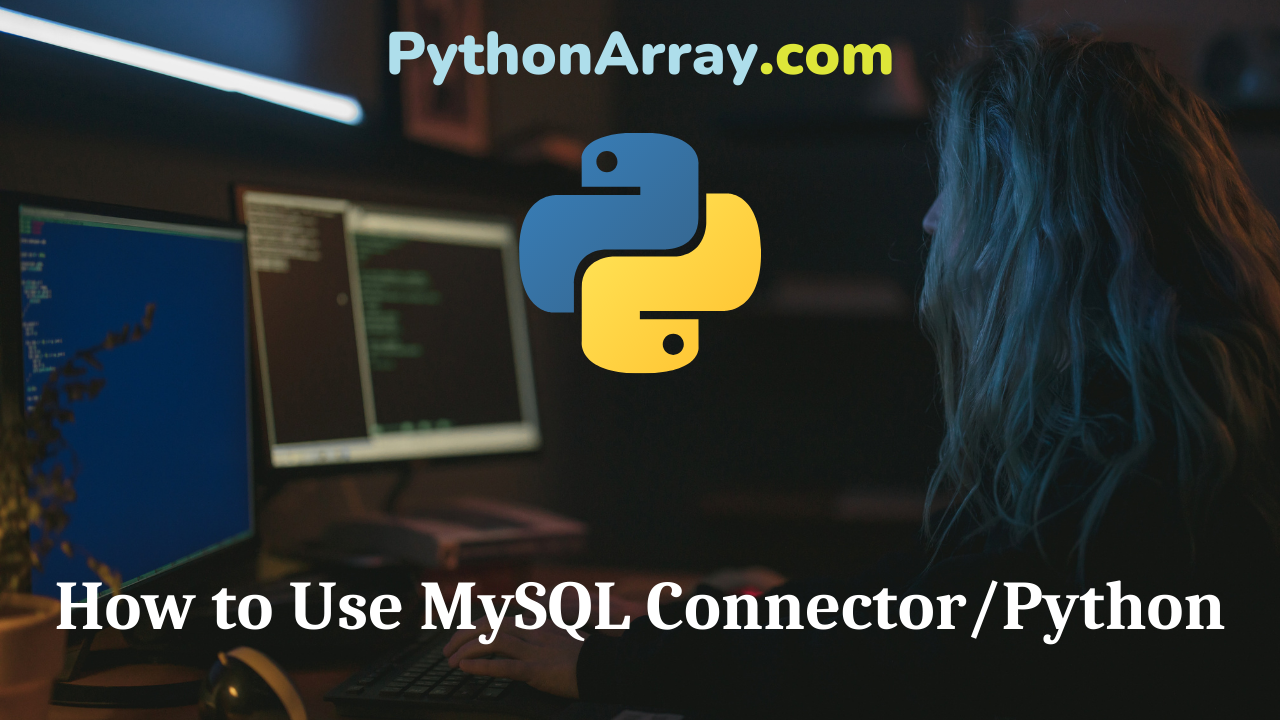
How to Use MySQL Connector/Python
MySQL Connector/Python is a driver released by Oracle themselves to make it easier to connect to a MySQL database with Python. MySQL Connecter/Python supports all versions of Python 2.0 and later, also including versions 3.3 and later. To install MySQL Connector/Python simply use pip to install the package. pip install mysql-connect-python –allow-external mysql-connector-python Writing Your First Python Django Application How to use ConfigParser in Python Add, Remove, and Search Packages in Python with pip Connecting to database and committing to it is very simple. import mysql.connector connection = mysql.connector.connect(user=”username”, password=”password”, host=”127.0.0.1″, database=”database_name”) cur = connection.cursor() cur.execute(“INSERT INTO people (name, age) VALUES (‘Bob’, 25);”) connection.commit() cur.close() connection.close() Recommended Reading On: MySQL: Error 1264 Out of range value for a column
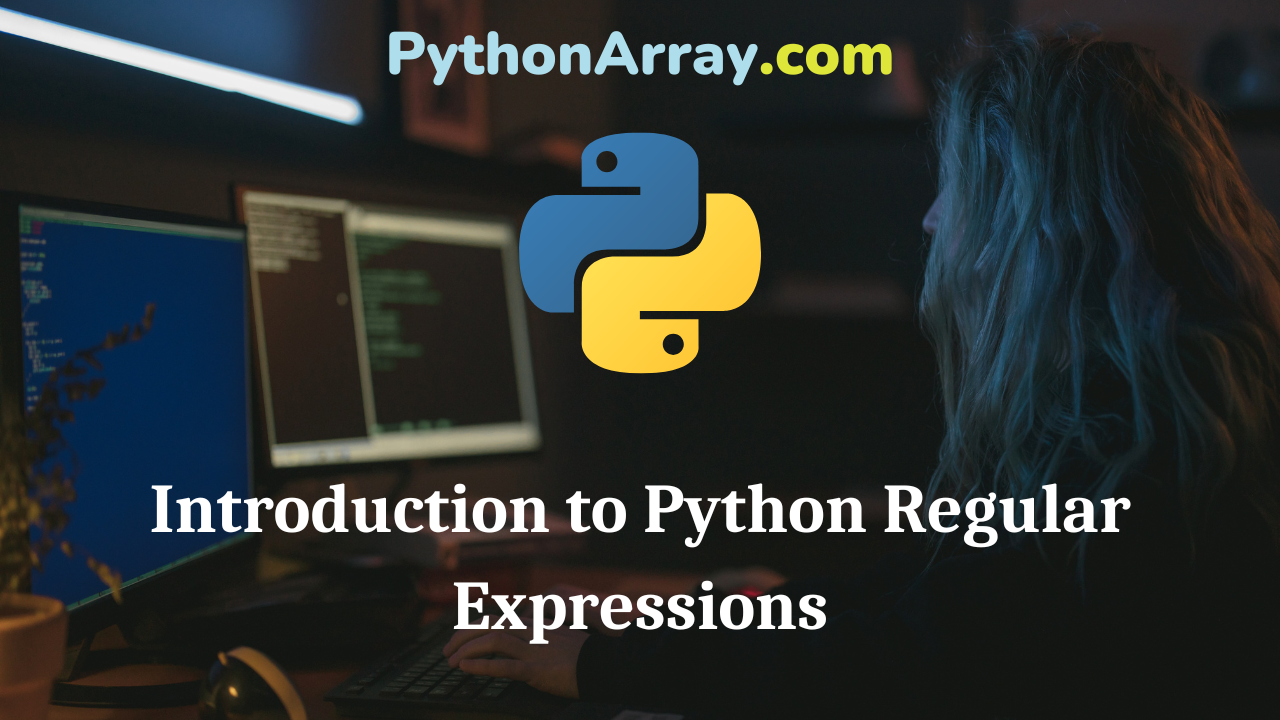
Introduction to Python Regular Expressions
Searching within a string for another string is pretty easy in Python: >>> str = ‘Hello, world’ >>> print(str.find(‘wor’)) 7 This is fine if we know exactly what we’re looking for, but what if we’re looking for something not so well-defined? For example, if we want to search for a year, then we know it’s going to be a 4-digit sequence, but we don’t know exactly what those digits are going to be. This is where regular expressions come in. They allow us to search for sub-strings based on a general description of what we’re looking for e.g. search for a sequence of 4 consecutive digits. In the example below, we import the re module, which contains Python’s regular expression functionality, then call the search function with our regular expression (\d\d\d\d) and the string we want to search in: >>> import re >>> str = ‘Today is 31 May 2012.’ >>> mo = re.search(r’\d\d\d\d’, str) >>> print(mo) <_sre.SRE_Match object at 0x01D3A870> >>> print(mo.group()) 2012 >>> print(‘%s %s’ % (mo.start(), mo.end()) 16 20 In a regular expression, \d means any digit, so \d\d\d\d means any digit, any digit, any digit, any digit, or in plain English, 4 digits in a row. Regular expressions use backslashes a lot, which have a special meaning in Python, so we put…
